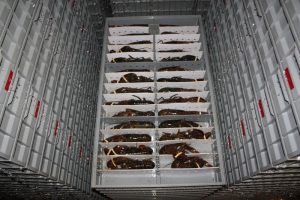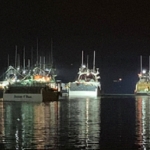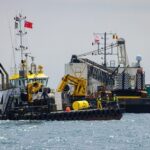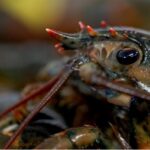Tag Archives: Methoprene
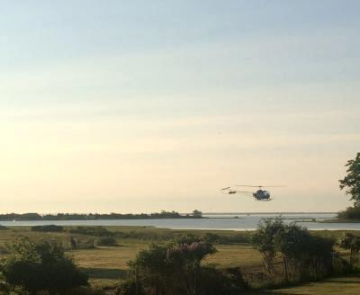
Long Island: Controversial Larvicide Remains in Mosquito Control Plan
The Suffolk County Legislature approved a 2018 vector control plan on Tuesday that includes use of methoprene, a mosquito larvicide, but also acknowledges a pilot program launched this year at Accabonac Harbor that is intended to reduce and possibly eliminate the pesticide’s use. The Legislature passed the 2018 plan by a 17-to-1 vote, a disappointment to activists who insist that methoprene is harmful to nontarget species including lobsters and crabs. click here to read the story 11:07
East Hampton Town Trustees to State Opposition to Methoprene – Why it Matters
 The Suffolk Legislature is expected to soon decide on the county’s 2018 vector control protocol, directly affecting the methods used by the Department of Public Works in an attempt to reduce the number of mosquitoes in Accabonac Harbor and elsewhere. Last year, the department agreed to try an experiment aimed at reducing the aerial application of methoprene, a mosquito larvicide, in the harbor, rather than institute a ban. It called for the identification of “hotspots” that could be precisely targeted for spraying. click here to read the story Why it matters -2012, Lobster catch bottoms out – Many lobstermen are convinced that aerial spraying and the widespread application of pesticides used to combat mosquitoes after an outbreak of West Nile virus in 1998 is directly related to the 1999 die-off. click here to read the story 13:11
The Suffolk Legislature is expected to soon decide on the county’s 2018 vector control protocol, directly affecting the methods used by the Department of Public Works in an attempt to reduce the number of mosquitoes in Accabonac Harbor and elsewhere. Last year, the department agreed to try an experiment aimed at reducing the aerial application of methoprene, a mosquito larvicide, in the harbor, rather than institute a ban. It called for the identification of “hotspots” that could be precisely targeted for spraying. click here to read the story Why it matters -2012, Lobster catch bottoms out – Many lobstermen are convinced that aerial spraying and the widespread application of pesticides used to combat mosquitoes after an outbreak of West Nile virus in 1998 is directly related to the 1999 die-off. click here to read the story 13:11
NY Legislator Schneiderman Introduces Bill to Restrict Pesticide Methoprene in Estuaries
 The lobster population in the Long Island Sound has decreased dramatically over the last decade, corresponding with the introduction of new pesticides such as Methoprene, into waters along the Long Island Sound.,,”emerging science is showing Methoprene poses a significant risk to commercial fisheries such as lobsters and crabs,” Connecticut previously passed legislation in March, 2013 banning Methoprene. Maine is the only East Coast fishery where Methoprene has been banned for an extended period. press release here
The lobster population in the Long Island Sound has decreased dramatically over the last decade, corresponding with the introduction of new pesticides such as Methoprene, into waters along the Long Island Sound.,,”emerging science is showing Methoprene poses a significant risk to commercial fisheries such as lobsters and crabs,” Connecticut previously passed legislation in March, 2013 banning Methoprene. Maine is the only East Coast fishery where Methoprene has been banned for an extended period. press release here


































